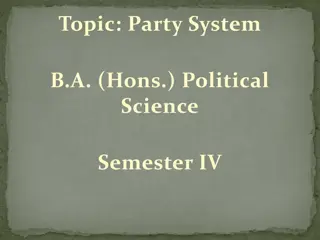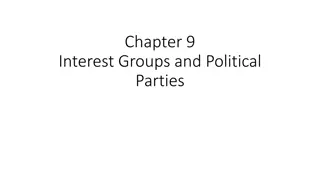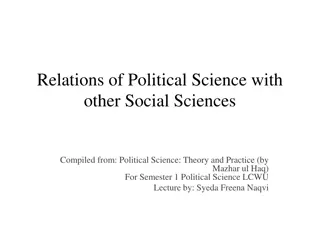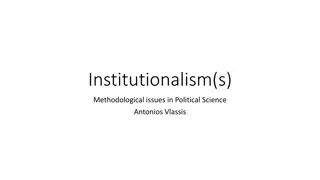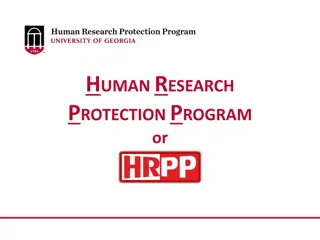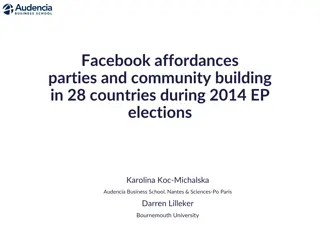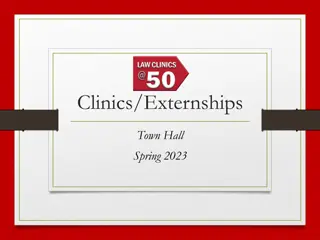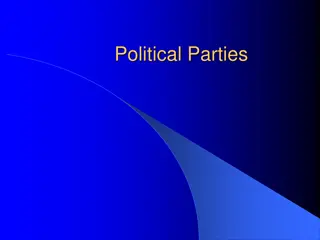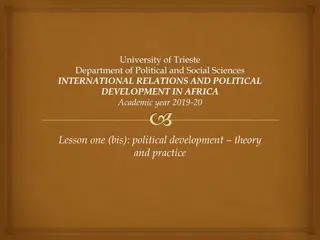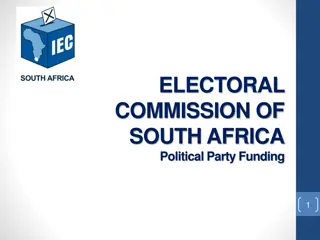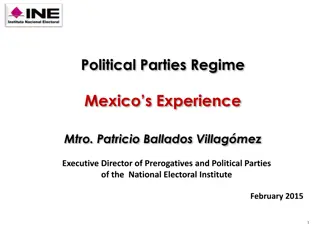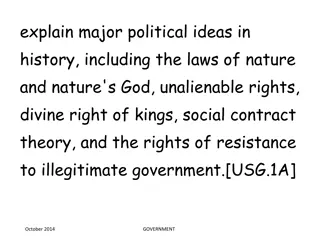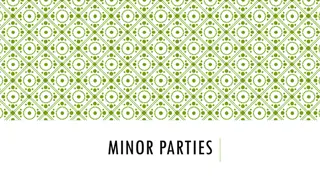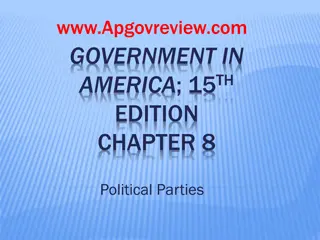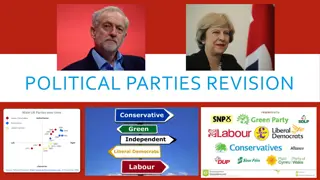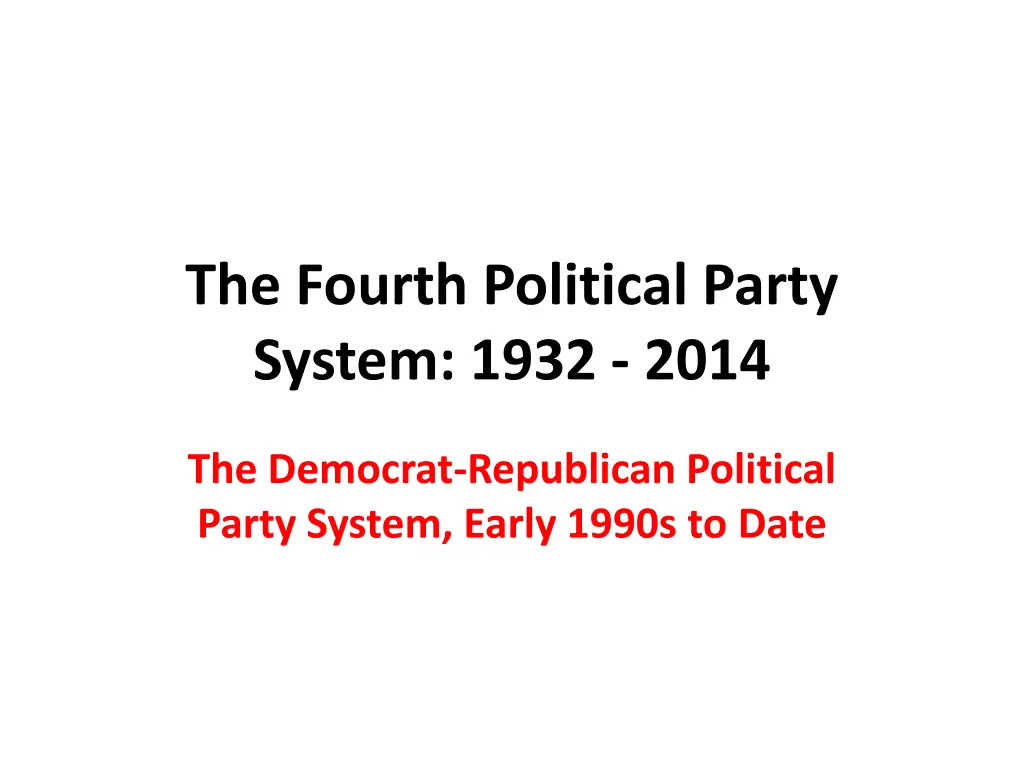
Overview of the Fourth Political Party System in the US: 1932-2014
Explore the evolution of the Democrat-Republican political party system from the early 1990s to the present day, highlighting the demographic groups aligned with Democrats and Republicans. Discover the shifting dynamics of political affiliations among different racial, religious, and gender groups.
Download Presentation

Please find below an Image/Link to download the presentation.
The content on the website is provided AS IS for your information and personal use only. It may not be sold, licensed, or shared on other websites without obtaining consent from the author. If you encounter any issues during the download, it is possible that the publisher has removed the file from their server.
You are allowed to download the files provided on this website for personal or commercial use, subject to the condition that they are used lawfully. All files are the property of their respective owners.
The content on the website is provided AS IS for your information and personal use only. It may not be sold, licensed, or shared on other websites without obtaining consent from the author.
E N D
Presentation Transcript
The Fourth Political Party System: 1932 - 2014 The Democrat-Republican Political Party System, Early 1990s to Date
Current Lineup of Groups 1990s - Now DEMOCRATS 1) Blacks (All Regions) 2) Hispanics (Except Cubans, but they are shifting) 3) Most Catholics (see (2)) 4) Organized Labor 5) Non-Religious 6) College Graduates 7) Women (Especially Single Women) 8) Jews 9) Urban Areas REPUBLICANS 1) Whites (Especially the South and Rural Areas in General) 2) Most Protestants (See (1)) 3) Religious (Except Jews) 4) Men 5) Rural Areas


